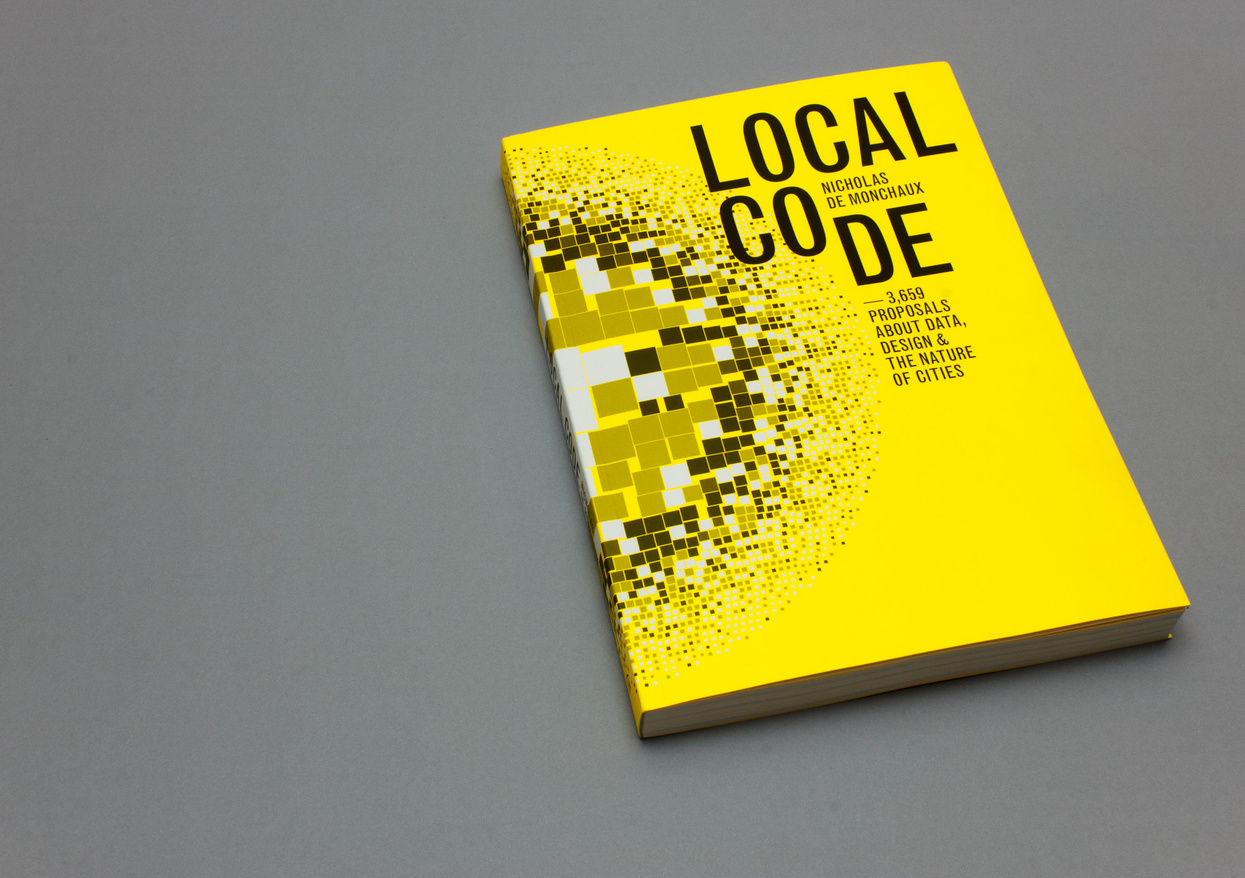Nicholas de Monchaux on Local Code: 3659 Proposals about Data, Design, and the Nature of Cities

Updated
Read a recap of the event here.
Original Post
Join BCNM at the Berkeley Art Museum and Film Archive with an author talk with Nicholas de Monchaux.
De Monchaux, director of the Berkeley Center of New Media and associate professor of architecture and urban design at the UC Berkeley, introduces his new book with a reading, discussion, and booksigning. Local Code focuses on the ecological and social potential of underutilized and unmaintained public land---like that under billboards in Los Angeles, along dead-end alleys in San Francisco, and in city-owned vacant lots in New York City.
About the Book
Local Code is a project that seeks to identify and engage legally and socially abandoned urban sites, transforming undocumented, and marginal conditions through emergent, digitally mediated methods into a social, and ecological resource. It takes as its starting point an instrumental, and unfinished project by Gordon Matta Clark: Fake Estates : Reality Properties.
With three billion more humans projected to be living in cities by 2050, all design is increasingly urban design. And with as much data now produced every day as was produced in all of human history to the year 2007, all architecture is increasingly information architecture. Praised in the NewYork Times for its "intelligent enquiry and actionable theorizing," Local Code is a collection of data-driven tools and design prototypes for understanding and transforming the physical, social, and ecological resilience of cities.'the book's data-driven layout arranges drawings of 3,659 digitally-tailored interventions for vacant public land in San Francisco, Los Angeles, New York City, and Venice, Italy. Between these illustrated case studies, critical essays present surprising and essential links between such designs and the seminal work of urbanist Jane Jacobs, artist Gordon Matta-Clark, and digital mapping pioneer Howard Fisher, along with the developing science of urban nature and complexity. In text and image, Local Code presents'a digitally prolific, open-ended approach to urban resilience and social and environmental justice; At once analytic and visionary, it pioneers a new field of enquiry and action at the meeting of big data and the expanding city.
